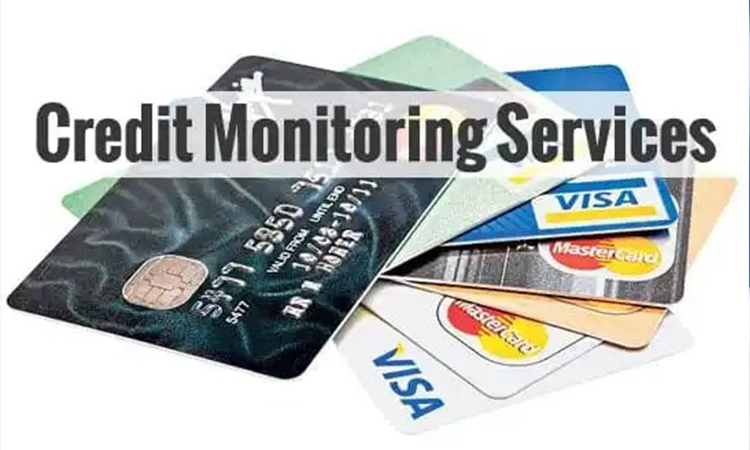My #1 Recommendation for Credit Monitoring:
Get quarterly access to your most widely used FICO®Scores and a new 3-bureau credit report
- Instantly access your 3-bureau credit report and FICO® Scores—including the FICO® Scores most widely used in mortgage, auto and credit card lending, and the newly released FICO® Score 9
- Access updated credit reports and your most widely used FICO®Scores every quarter
- Track your FICO® Score 8 from each bureau on a historical tracking graph†
- Monitor your 3 credit reports for changes, and get FICO® Score 8 updates with each new alert†
- Detect threats to your personal information with intelligent identity theft monitoring
- Restore your identity with expert identity theft features
Credit Education
Don’t let poor credit stand in the way of achieving your dreams. Credit reports and credit scores don’t have to be a mystery – myFICO is here to help you learn and take control.
For more than 25 years, FICO® Scores have been the industry standard in helping millions of people buy homes and cars, rent an apartment, get a credit card, and receive better interest rates. With over 90% of lending institutions using FICO® Scores, myFICO.com is your one-stop credit education solution for answering questions and understanding your FICO® Scores and credit reports.
What’s in my credit report?
Although each credit reporting agency formats and reports this information differently, all credit reports contain basically the same categories of information. Your social security number, date of birth and employment information are used to identify you. These factors are not used in credit scoring. Updates to this information come from information you supply to lenders.
- Identifying Information.
Your name, address, Social Security number, date of birth and employment information are used to identify you. These factors are not used in credit scoring. Updates to this information come from information you supply to lenders. - Trade Lines.
These are your credit accounts. Lenders report on each account you have established with them. They report the type of account (bankcard, auto loan, mortgage, etc), the date you opened the account, your credit limit or loan amount, the account balance and your payment history. - Credit Inquiries.
When you apply for a loan, you authorize your lender to ask for a copy of your credit report. This is how inquiries appear on your credit report. The inquiries section contains a list of everyone who accessed your credit report within the last two years. The report you see lists both “voluntary” inquiries, spurred by your own requests for credit, and “involuntary” inquires, such as when lenders order your report so as to make you a pre-approved credit offer in the mail. - Public Record and Collections.
Credit reporting agencies also collect public record information from state and county courts, and information on overdue debt from collection agencies. Public record information includes bankruptcies and civil lawsuits.






